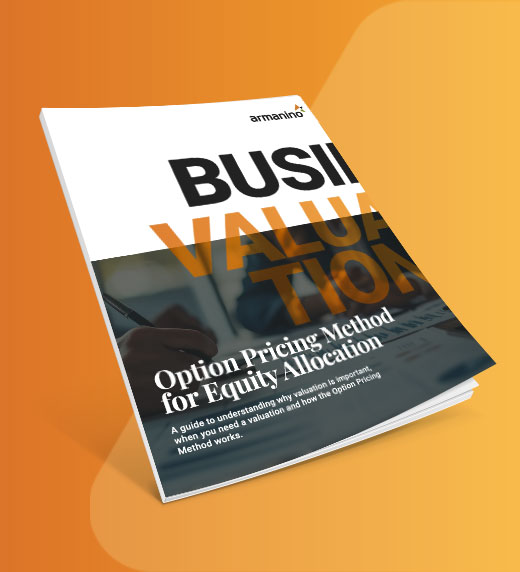It's that time of year to start thinking about updating your stock-based compensation. If you've been keeping up with quarterly activity and updates, you are already ahead of the game. Regardless, there are several things to keep in mind to ensure your stock-based compensation expense is accurate and up to date. We highlight a few of the bigger items you can incorporate into your yearly checklist for equity compensation.
- Forfeiture Rates: Is this updated? Are you using a rate and if so, are you allocating by employee type? Normally, allocating expected rates amongst executives vs. non-executives is a good basic approach to bifurcation. The assumption is that executives would normally stay on longer with the company and thus have a lower forfeiture rate.
Running actual forfeiture calculations on historical grants/awards will give you a better idea of expected rates, but this assumes a long enough history with a relatively sufficient amount of terminations over the years. If you have an unusually loyal workforce with relatively zero termination activity, using a low flat rate should be fine. With fairly new plans, determining a good rate is difficult, and so, the consideration of even using a forfeiture rate should be kept in mind.
- Volatility: Is this updated? If calculating for a private company, are you using the most recent 409A valuation to update public peers? If you've recently gone public, you probably won't have sufficient price history for the look-back/expected term in question. If not, continuing to run with public peers that have a sufficient history is a good option.
- Vesting: Any vesting events during the period? Are you expensing at least for what is vested, besides the minimal straight-line amortization? Are new grants being allocated the correct expected terms based on the vesting schedule?
- Forfeiture Credits: Any terminations during the period? If so, are you properly reversing expense for unvested shares?
- Options / Awards: Have you granted any options or awards to non-employees? If so, these generally should be revalued at the end of each reporting period using a marked to market valuation approach. Black Scholes assumptions should all be trued up to the reporting period end date. Expected term will equal the remaining contractual term of the grant and not SAB 107 or other application.
- Activity Checks: Have you incorporated all activity for the period? This includes new grants or awards, exercises and terminations. Make sure to cross check for any pending items. Check board minutes for grant approvals and make sure all information was communicated from/to HR.
Check All Your Equity Compensation Boxes
Happy calculating! Ensuring you've got a good checklist for year-end will enable a smooth process for your stock-based compensation. Learn more about how our equity management consultants can help you further streamline your stock option plan.



